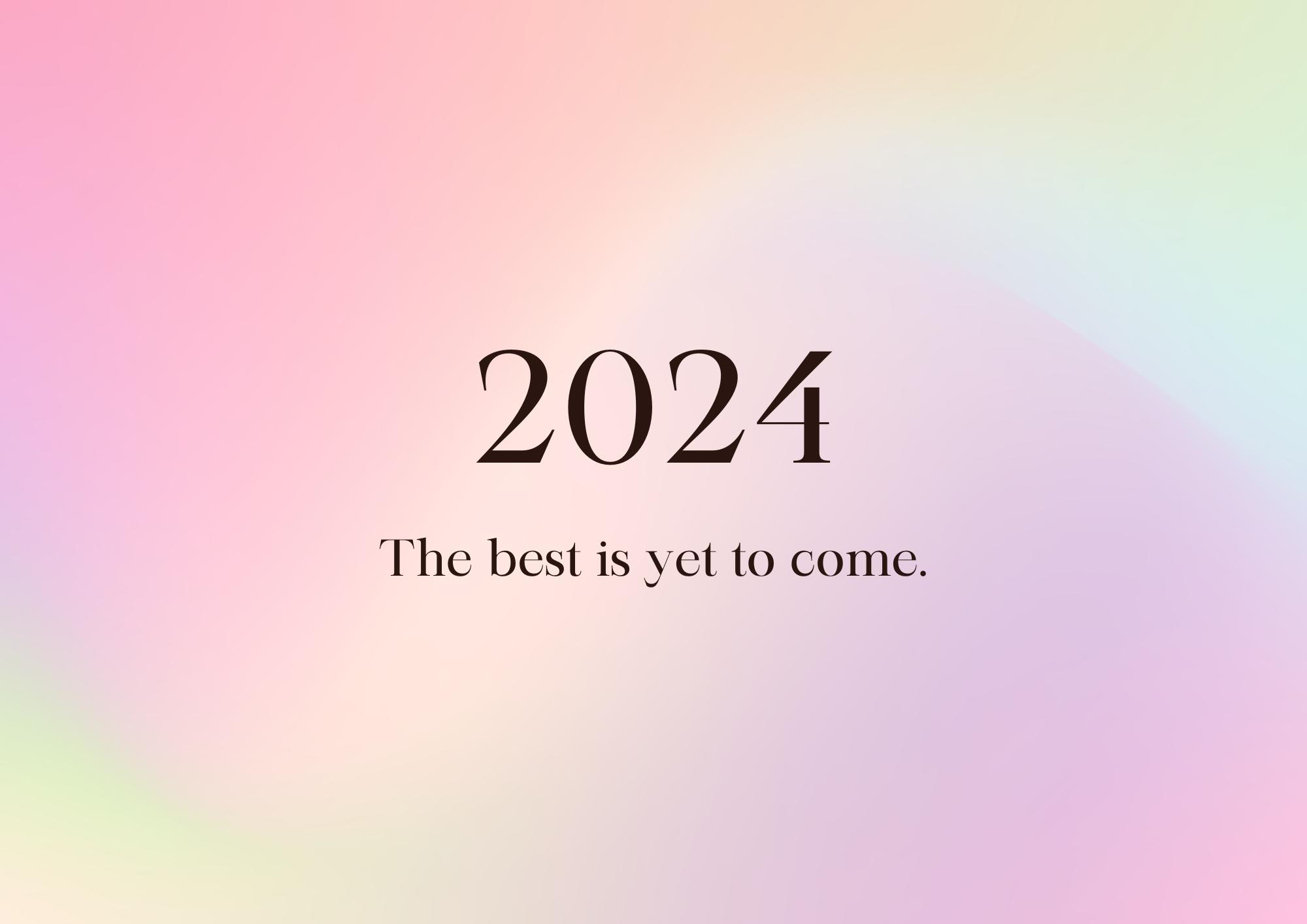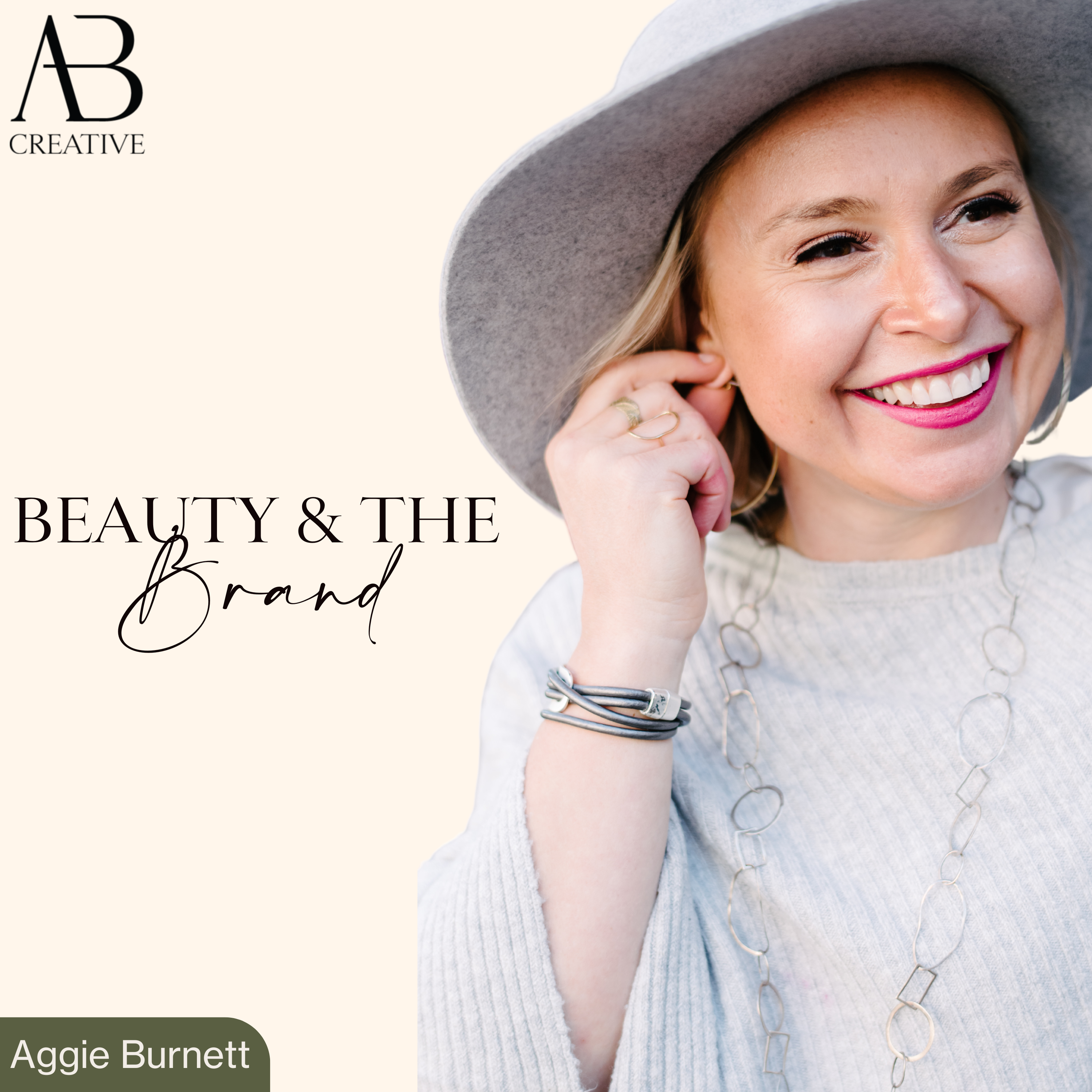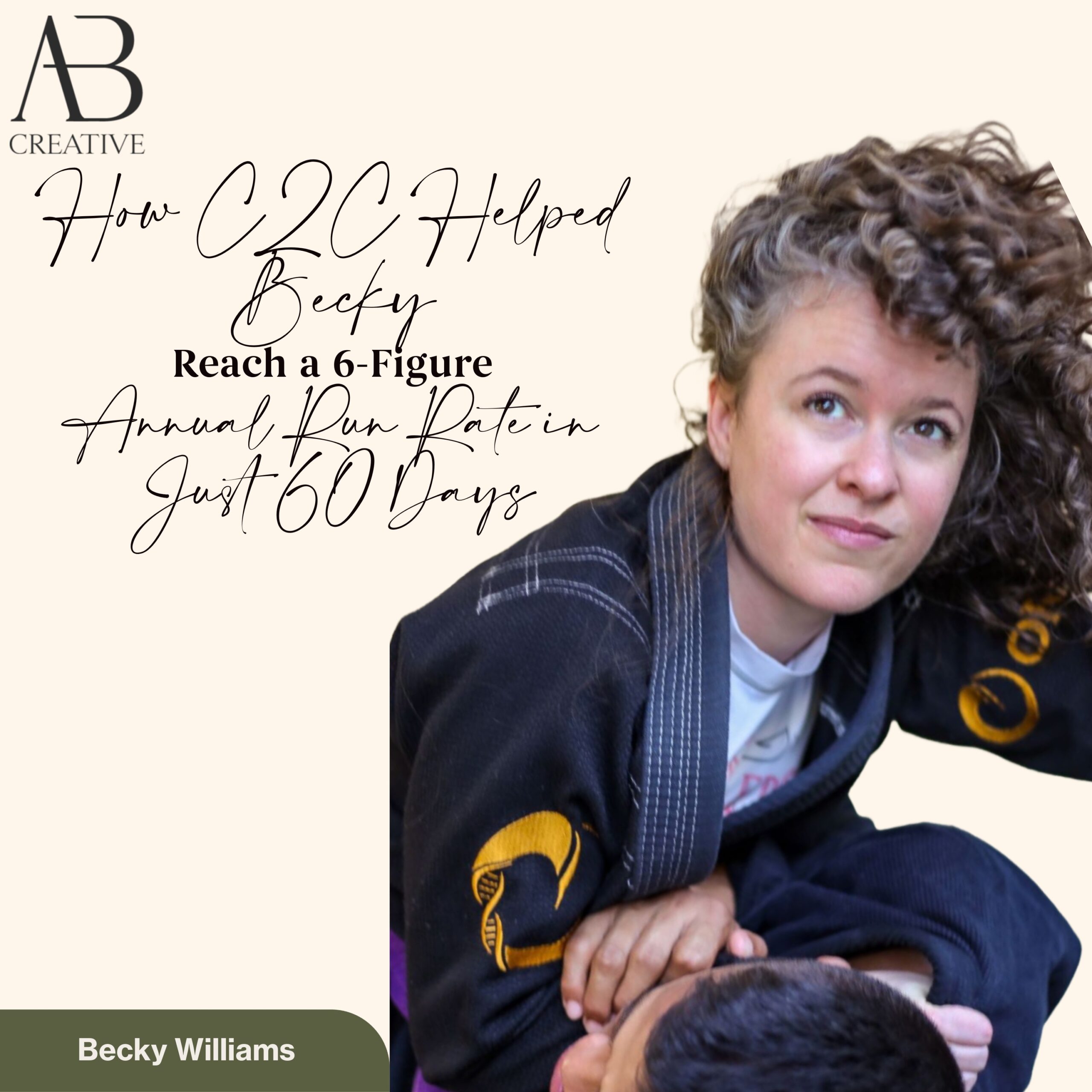Every year, I think I know everything about the beauty business. And then every year, something happens that surprises me.
Here are 7 things that happened so far in 2024 that surprised me. They’re changing the landscape of the beauty industry. Some people are making a lot of money from them.
If you’re curious about the future of beauty and looking for some actionable tips for your own business, keep reading the top 7 beauty industry trends shaping 2024 and beyond:

1. “Clean beauty is a ton of rubbish, and it won’t be around in 10 years.”
Don’t come at me. I’m not saying that.
But Joshua Britton is.
In case you haven’t heard of him, Britton’s company, Debut, is taking off right now, because they beauty products using biotech.
Britton is a scientist by trade, and he thinks “clean beauty” is BS. I don’t know if I personally agree with that. But some consumers do.
A lot of today’s customers mostly just care about whether or not your products work. They trust “clean beauty” less than they used to, because they’ve been burned by marketing hype. They’d rather buy more scientific products.
(I’ve seen this among my own clients in C2C. Doctor-led brands are doing a lot better than they used to.)
This doesn’t mean there isn’t a market for natural beauty products. If you’ve got a clean beauty brand, I’m not telling you to tear your business down! Just know that you’ll be fighting over a smaller pie.
2. Should you launch at Walmart?
Serial entrepreneur Shai Eisenman wanted to change the beauty industry. So everyone was shocked when she launched her products in… Walmart.
Going to Walmart first means people will never see her company, Bubble, as a prestige brand. It’ll be really hard for Bubble to get into high-end stores later. Shai doesn’t seem to care.
Before I heard her side of the story, I thought she was insane. Then she explained herself, and now I’m sold.
Now, I think partnering with Walmart was a smart business move for her. (And it might be a smart business move for a lot of other beauty brands, too.) Here’s why:
- Shai researched her audience — Gen Z and Gen Alpha girls — like crazy. She found that they don’t shop at high-end stores. They shop at Walmart.
- Her products aren’t that expensive to begin with. They retail for under $20. So they’d look out of place at a luxury retailer.
- Walmart gets 160 million customers a week. Sure, it doesn’t have the same reputation as Sephora or Saks. But if you want to get your products in front of lots and lots of eyeballs, it’s hard to beat Walmart.
Obviously, partnering with Walmart doesn’t make sense for every brand. But it might make sense for yours. So don’t write it off just because it’s not glamorous.
(By the way, if you want to pitch Walmart, you can apply right here.)
3. The key to flawless skin is… neuroscience?
On the 21st day after you’re conceived, your skin and your brain start forming. They’re made out of the same part of your embryo. And for the rest of your life, they communicate with one another.
That’s why when you’re overly stressed, it can prematurely age you. When there’s a problem in your brain, your skin suffers.
A lot of beauty brands are making products that use this connection to their advantage. They clear and protect your skin by stimulating your brain in just the right way.
That includes one of my clients, a brand called JustHuman. It also includes L’Oreal: they just launched a device to help people figure out what fragrance suits them best by seeing what their brains respond to.
This is another thing that isn’t right for every beauty business, but might be right for yours. (Especially if you do something in skincare.) Either way, expect to hear about neurocosmetics a lot over the next 5 years!
4. What do you stand for?
Today’s younger audiences want to buy from brands that care.
They want to see that you care about something.
This is another thing I’ve noticed by studying my own clients. When your brand revolves around a mission, you grow faster, and your customers stick around longer.
What do you stand for?
5. What’s going on with MoCRA?
As of Monday, there are 2 more requirements you have to comply with:
- The factory where you make your products needs to be registered with the FDA.
- And your products need to be listed with the FDA.
(If you need help getting compliant with MoCRA, we help our clients with inside of C2C. You can apply here!)
6. 3 bootstrapped companies that blew up.
At Future50, there were 3 speakers who bootstrapped their company and scaled it to 7 figures.
Each of them did it differently. And you can learn something from all 3.
Christina Chang, the founder of Glow Recipe, did something that I tell all my clients to do: she built an audience before she launched her own brand.
How’d she do it? She actually wasn’t originally planning on selling anything herself. She just wanted to blog about Korean beauty products. Then her blog took off — so when she launched her own product line, she already had a built-in audience to sell them to.
Andrea Lisbona is the founder of Touchland, which makes a funner, fresher version of hand sanitizer. Lisbona started selling her products in Spain, which was going through a swine flu epidemic. Then Covid happened, and demand for hand sanitizer shot up all over the rest of the world — so Touchland expanded to the US.
Finally, there’s Beatrice Dixon, the founder of Honeypot (which she recently sold for $380 million).
She’s proof that you don’t need to get funding when you’re first starting out. She focused on getting her products in front of people for as little money as possible, by going to trade show after trade show and showing them off at the Whole Foods she worked at.
She recommends a capital light strategy, and building your audience before you launch. She also suggests holding onto your day job during the early days of launching your brand. (She didn’t quit her job at Whole Foods until Honeypot had been in Target for 6 months!)
All 3 of them had one more piece of advice: Stay in your lane. Don’t try to copy what other beauty brands are doing. Just focus on what makes your products unique and special.
Which brings me to #7:
7. Build a brand beyond your product.
When people think about your company, what’s the first thing they think about?
Great beauty businesses build brands beyond their products. They tell their brand story. They create a unique vibe. And they give you an unforgettable experience.
If you can do this, you can charge higher prices — and you can have a lot more fun building your business.
There are 2 companies that stand out as having an amazing brand beyond their product. The first is the sunscreen company Vacation. Everything they do is designed to put you in a vacation state of mind. (If you just go to their website, you’ll feel like you’re at the beach.)
Second, Indian-inspired haircare brand Fable & Mane hosts influencer events where they play games that originated in India. (They even have scavenger hunts!)
What can you do to bring your brand to life? How can you make your company feel like it’s more than just the stuff you sell?
By the way, if you want help building an unforgettable brand and growing your beauty, health or wellness business, check this out:




